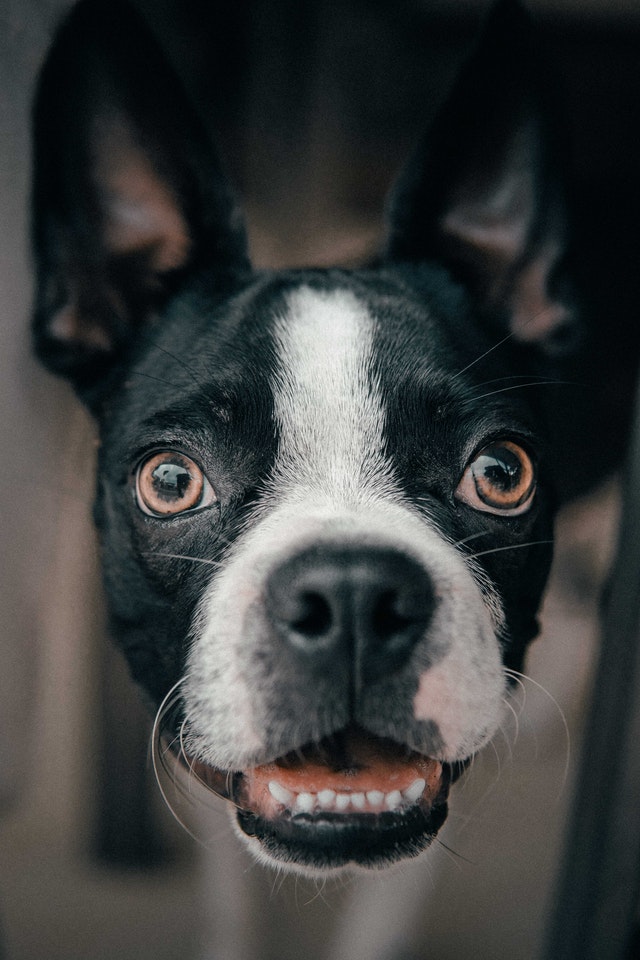Written by Laure-Anne Viselé-Jonkman on 29 April 2022
An important study on dog behaviour and dog breeds appeared in Science today.
Morrill et al – “Ancestry-inclusive dog genomics challenges popular breed stereotypes” Science • 29 Apr 2022 • Vol 376, Issue 6592
I summarise it for you below.
QUESTION
How much does a dog’s breed influence his/her behaviour, and are the stereotypes that we hold about the behaviour of certain breeds still justified?
METHODS
- Huge number of questionnaire respondents (18,000+ dogs), and a respectable sample size on the genetic breed testing (2000+ dogs)
- About 50% of the dogs were pure-breed, the rest were mutts
- They used validated questionnaires (tested for statistical robustness) to ask owners about their dog’s behaviour.
RESULTS
They found much within-breed variation for most traits. Almost as much variation as between breeds. Where differences could be found (when a certain behaviour does occur more (or less) often in a certain breed, when compared to the average dog), the differences were relatively small. These differences could only be seen with a small portion of the behaviours they looked at: there was no marked between-breed difference in most behaviour traits.
How heritable a certain character trait is, was a crucial aspect of this study. Sociability to humans, for example, seemed to be quite heritable; whereas reactivity to sudden stimuli was not. Other traits with relatively high heritability scores were:
- Responding to movement in a toy
- Biddability
- Not willing to get wet
- Retrieving, and
- Pointing (e.g. for… pointers).

Traits that were tested:
- Breeds that scored highest in sociability toward humans, according to one statistical test, were: Golden Retrievers, Westies and Labs. According to another test, Labs, Goldens, Pitbulls and Huskies scored the highest on this trait, but the difference with the average dog was not big.
- The only breed that had a strong correlation with a trait on excitement was the Pyrenese Mountain Dog (they scored low, so are, as a breed, more likely not to be not easily aroused).
- Biddability:
- Dogs with the highest biddability were: German shepherd, Labs, Vizslas en Border Collies.
- The lowest scoring breeds were Malamutes, Basset hounds, Beagles and Pyrs.
- Only on ebreed stood out in terms of reaction to a sudden stimulus (fear/aggression): the whippets (with a fear response, in their case)
- Sociability to dogs didn’t appear to be strongly breed-related. This is interesting in the Pitbull debates.
- English bulldogs, as a breed, scored low in environmental involvement (they interacted little with the environment).
- The least physically affectionate breeds were the Whippets (this surprised me), the Brittany and the Shiba Inus. The most affectionate were the Bernese mountain dogs.
When they looked at what did have an effect on behaviour, age scored the highest. Sex and size also showed little correlation with behaviour, as did breed (as we’ve seen above).
They also tried to establish links between official breed groups (e.g. sporting dogs), breed descriptions (from the American Kennel Club), and the original purpose of the breed (e.g. hunting) on the one hand; and, on the other hand, behaviour reported in the questionnaire. They only found weak correlations.
CONCLUSION
Certain character traits are more heritable than others; most traits being only weakly heritable. Heritable traits could – in theory – be more present in a population of a certain breed, but this only happened with a minority of the traits that were looked at. Breeds that did have a higher (or lower) chance of certain behaviour often differed little from the average dog, so even where there were differences, these were small. For most traits, there was almost as much variation within a breed as there was between breeds.
Do not look to the role of the ancestors (e.g. hunting) too much when trying to predict a dog’s behaviour; and take the character descriptions found on breed clubs with a pinch of salt. Note also that, when a breed did have a higher (or lower) chance of displaying a certain behaviour, this poorly matched with the stereotypical behaviour for this breed.
In short: belonging to a breed may increase (or decrease) a dog’s chance of a certain character trait, but this only applies to the minority of traits that are seen as breed-typical today. Every dog is an individual who is influenced to a greater or lesser degree, by the interaction of genes and the environment.
